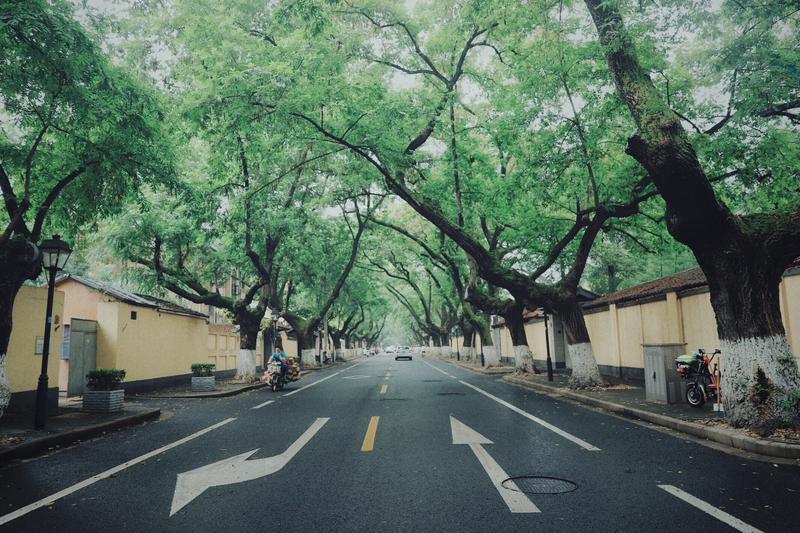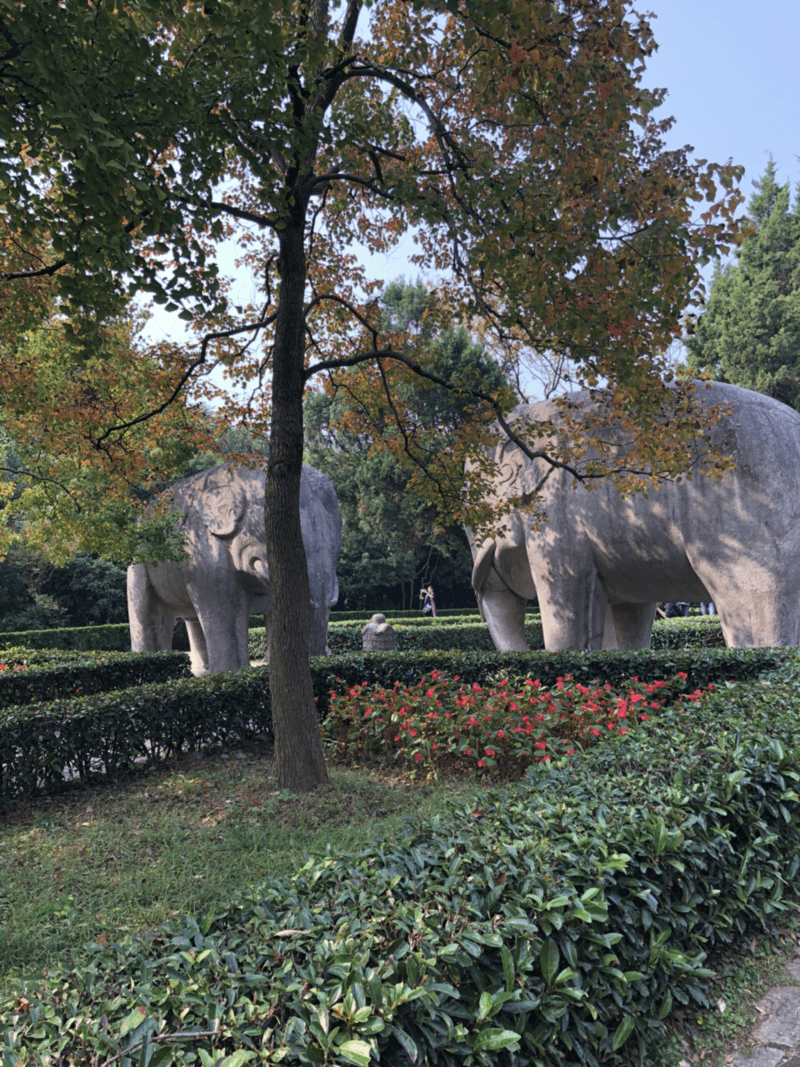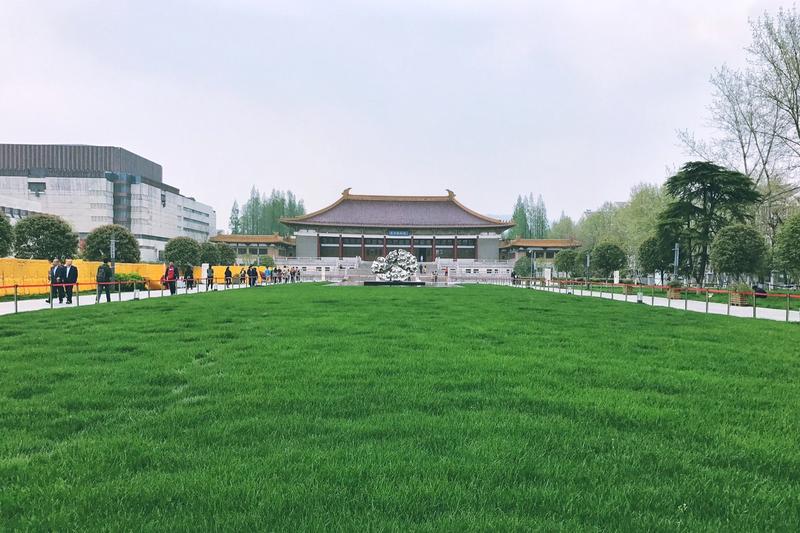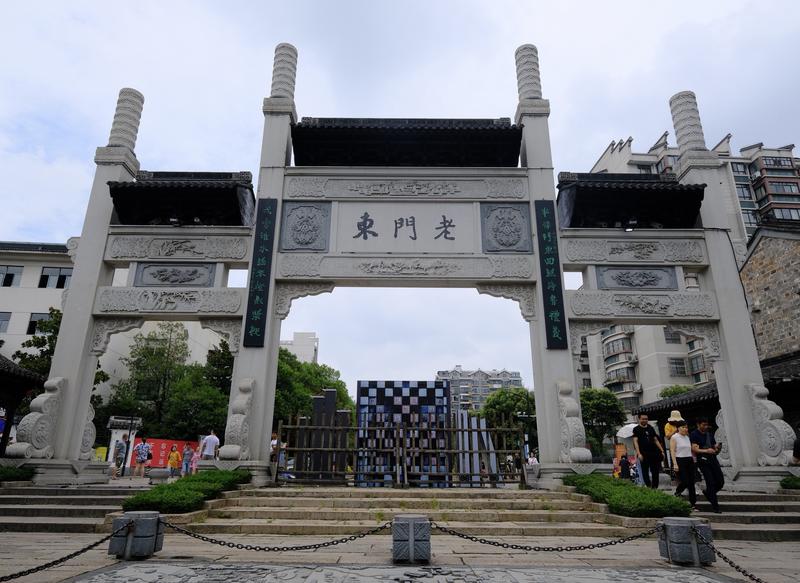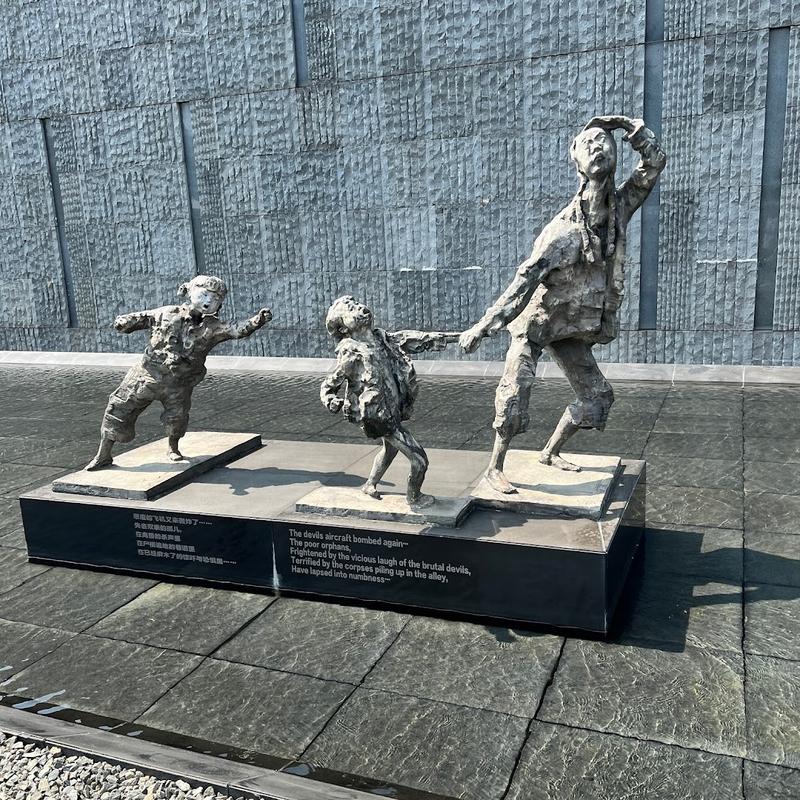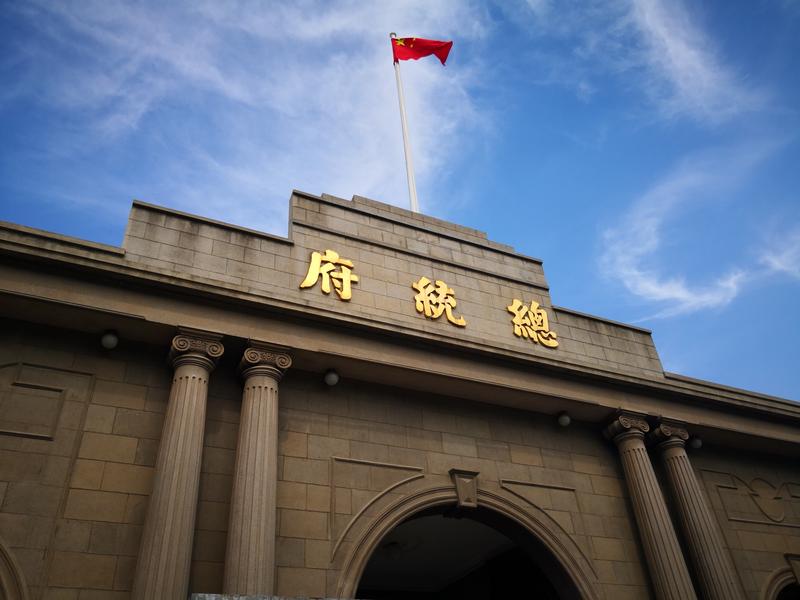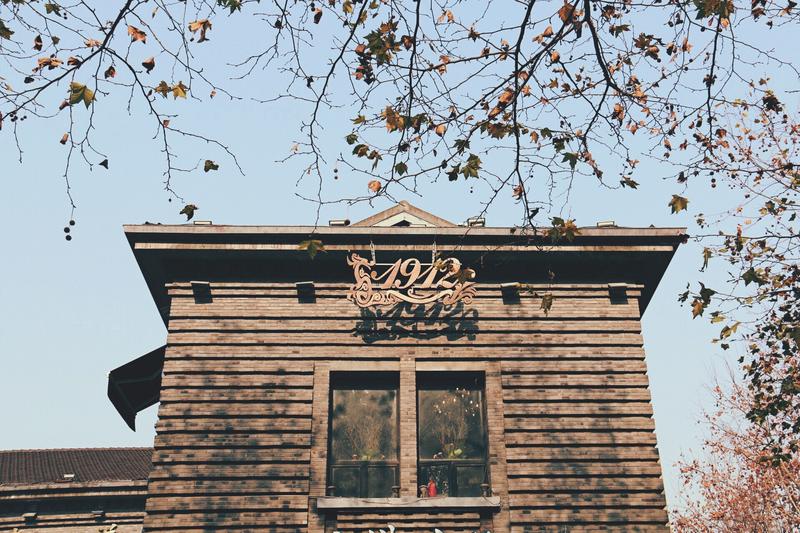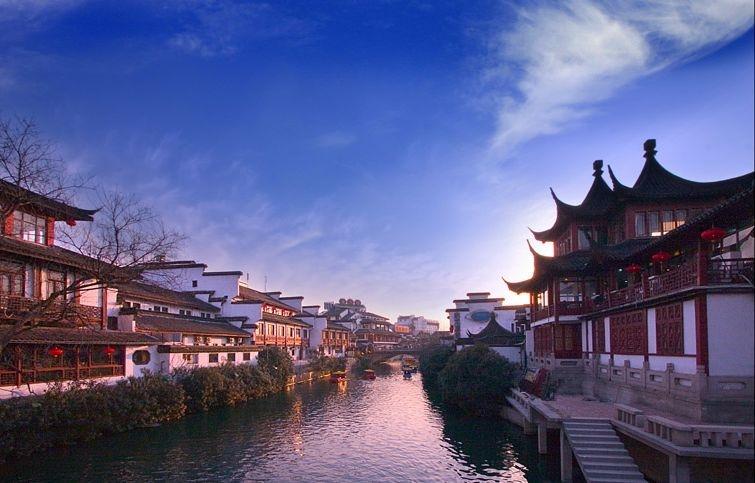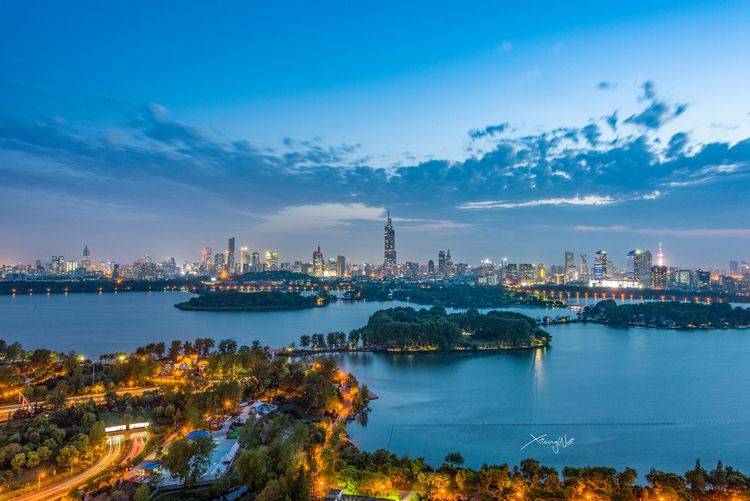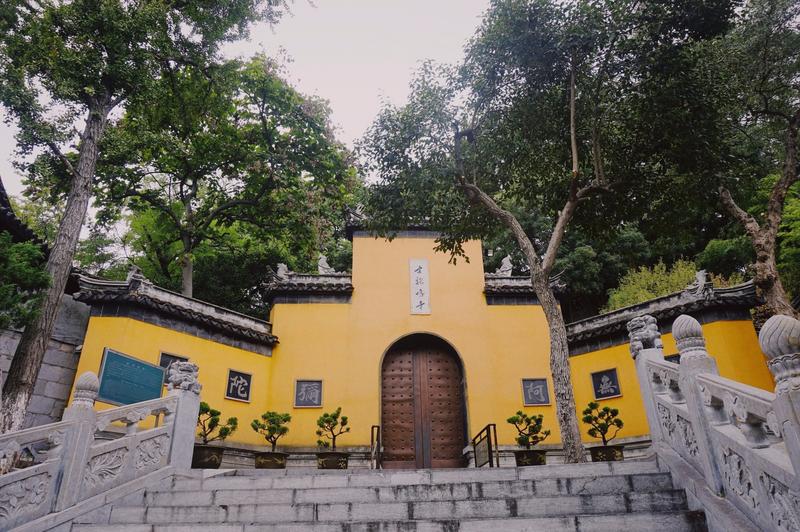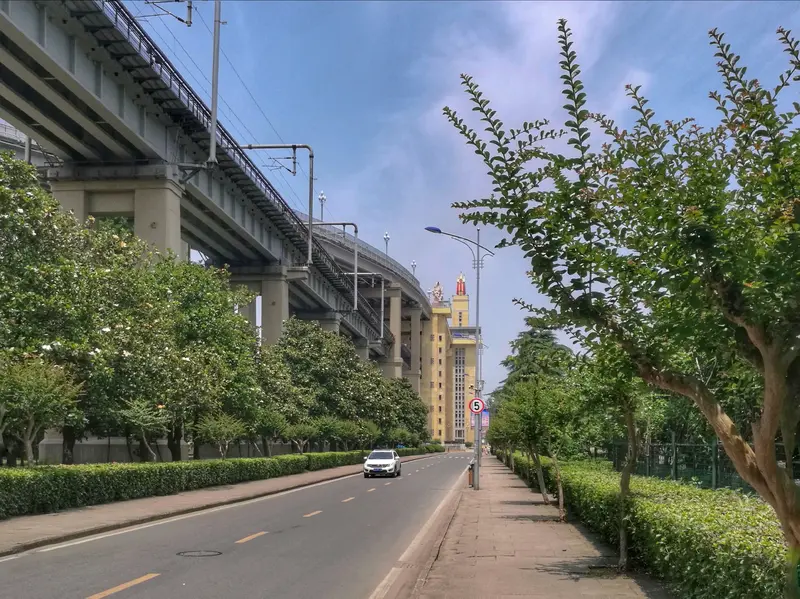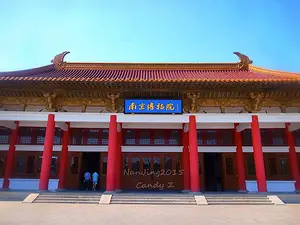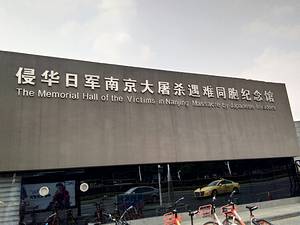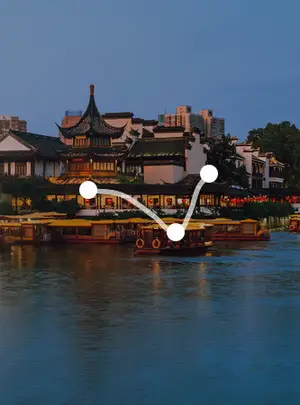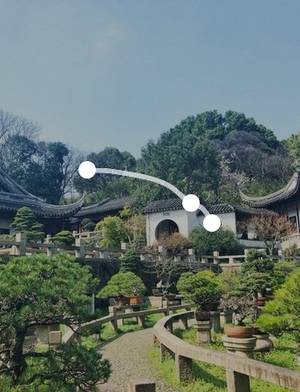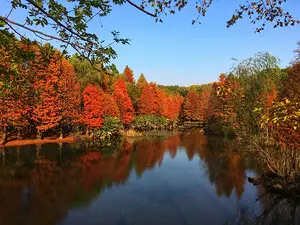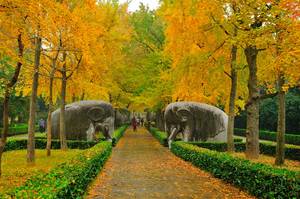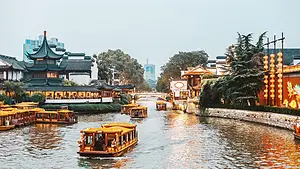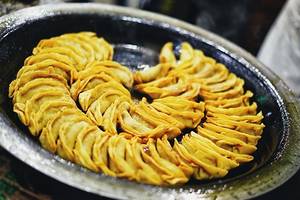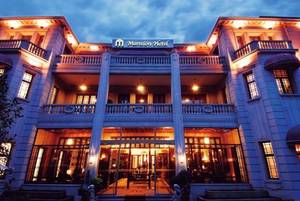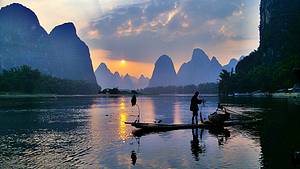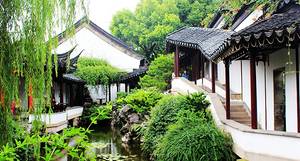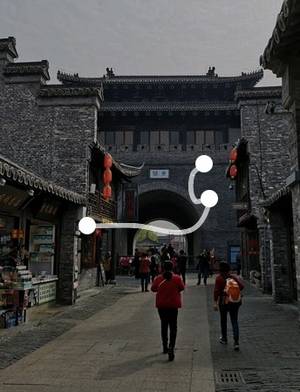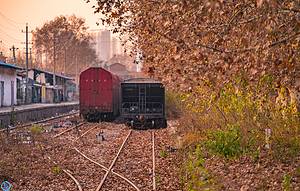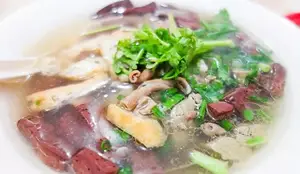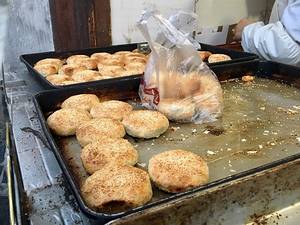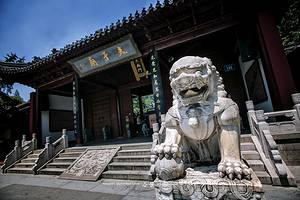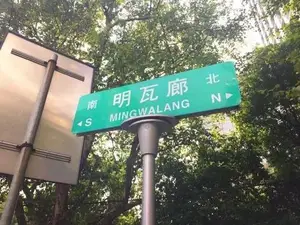3-Day Nanjing Driving Tour: History and Scenery Together
1 cities |
11 attraction(s) |
total distance 37
km
 TIPS
TIPS
Day1
Day2
Day3
Day1: Nanjing
4 attraction(s) ·
9 km
1
- The tomb of Mr. Sun Yat-sen is located in Zhongshan Scenic Area, and the burial site is in the shape of a "warning bell". It is the first tomb in modern Chinese architectural history and is well worth a visit.
- Climbing to the top of Zhongshan Tomb requires ascending many steps, but there are platforms to rest on every few steps, making the design quite ingenious. It's worth taking note of.
- Within the scenic area, there are several commemorative buildings such as a music pavilion, Xingjian Pavilion, Guanghua Pavilion, Liu Hui Pavilion, and a scripture tower, which are all worth visiting.
- Visiting the tomb requires the advance booking of entrance time. It is recommended to book tickets at least one day in advance, or to purchase package tickets for convenience in touring. There are also sightseeing vehicles available in the scenic area.
2
km
3
The museum located in Nanjing is one of the oldest museums in Chinese history and one of the three largest museums in China. It has a collection of over 420,000 precious cultural relics, including historical relics, works of art and intangible cultural heritage. The exhibits not only have ornamental value, but also provide important reference materials for historical and cultural research. The famous Luoyang Gate of Dadu Monastery shown in the popular TV program "National Treasure” is also collected in this museum. In addition, the museum adopts a free admission policy, and visitors can enter for free by registering with valid identification.
5
km
4
Due to its location east of Nanjing City's south gate, this area is known as "Mendong" in contrast to the west gate area known as "Laomenxi". It is an important part of the Qinhuai scenic belt in Nanjing's Confucius Temple area. Traditional Nanjing homes are mostly clustered in Laomendong, where merchants and scholars gather and aristocratic families choose to settle. The neighborhood has transformed old factories into the Nanjing Academy of Painting and Calligraphy, the Jinling Art Museum, and the Old City South Memory Museum, preserving historical buildings and cultural relics. In addition, some studios, century-old stores, cultural entertainment venues, and antique clubs have also been introduced to create a cultural district that integrates historical culture, leisure entertainment, and tourism.
Day2: Nanjing
4 attraction(s) ·
9 km
1
Grim memorial museum with exhibits documenting the horrors of the 1937 Nanjing Massacre.
6
km
2
The Presidential Palace in Nanjing has a history of more than 600 years and is divided into three areas: the Central Area (Central Axis), the West Area, and the East Area. As the central location of the National Government, the Presidential Palace witnessed the rise and fall of the Taiping Heavenly Kingdom and the provincial governor's office of the Two Jiangs. In addition, the Nanjing Presidential Palace also has countless well-preserved modern Chinese and Western architectural sites and precious cultural relics and historical materials, as well as beautiful garden landscaping. Its Chinese and Western combined courtyard, Western-style office building, and Chinese-style garden retain the layout of classical gardens in the Jiangnan area, with features such as pavilions, terraces, and small bridges over flowing water.
1
km
3
It is the best preserved and developed district of Nanjing Republican architecture and urban old buildings. The buildings in this district are characterized by a combination of greenish-gray and brick-red colors, with a quaint and exquisite style arranged in an L-shape surrounding the Presidential Palace. It used to be a residential area for Nationalist government officials, young military officers, and bank employees, but now it has been transformed into restaurants, bars, and also features newly constructed antique-style buildings.
3
km
4
Confucius Temple is a cultural relic in Nanjing city, which has become a iconic center of the Qinhuai River scenic belt due to its unique historical and cultural significance and pleasant environment. The Qinhuai River flows through the Confucius Temple, connecting it with other attractions such as Zhan Garden, Bailu Zhou Park, and Zhonghua Gate. The buildings and the waterborne cruises along the shores of the Qinhuai River Basin are also an important part of this landscape. At night, the temple fair here complements each other, presenting the most prosperous side of Nanjing, known as the "Ten Mile Pearl Curtain".
Day3: Nanjing
3 attraction(s) ·
9 km
1
Xuanwu Lake is one of the largest royal garden lakes in China and is renowned alongside Nanshan Lake in Jiaxing and West Lake in Hangzhou as one of the three famous lakes of Jiangnan. The park is divided into five green oases including Yingzhou, Liangzhou, and Cuizhou, and boasts numerous scenic spots and historic sites such as Tailing Flower Arch, Bonsai Garden, and Dujuan Garden Tower, serving as the largest cultural and recreational park in Nanjing. From October to November each year, the park holds a chrysanthemum exhibition which offers a stunning view of the blooming flowers. There is also a lover's park featuring tulips, peach blossoms and other plants, popular for taking wedding photos. Spring is the best time to visit Yingzhou and admire the blossoming cherry trees, and the Lotus Garden provides a great spot for taking photos and appreciating the beauty of lotus flowers.
2
km
2
The cherry blossoms on both sides of the road in front of Jiming Temple are famous, especially during the Qingming Festival, when a sea of cherry blossoms is particularly beautiful.
Established during the Western Jin Dynasty, Jiming Temple is one of the oldest and most popular Buddhist temples in Nanjing.
The temple has a tranquil and fragrant environment, with a food offering platform and Maitreya Hall on the left, while the Great Buddha Hall and Guanyin Tower are located above.
To the northeast of the temple is a well called Yanzi Well. According to legend, Chen Shubao, his wife Zhang Lihua, and the palace maid Kong Guipi hid in the well, and many tourists come to visit because of this story.
8
km
3
This double-layered bridge, which serves both railway and highway purposes, is the first one to be independently developed and constructed in China. It represents a significant milestone for China's bridge construction and holds an important place in global bridge history. The railings of the entire bridge are embedded with various cast-iron reliefs, and the tall fortress-like bridgeheads at both ends have become one of the iconic buildings in Nanjing. In addition, the South Fortress Park is situated beneath the bridge, and when the night falls, the brilliant lights on the bridge are like a rainbow stretching over the river, presenting a magnificent spectacle.
